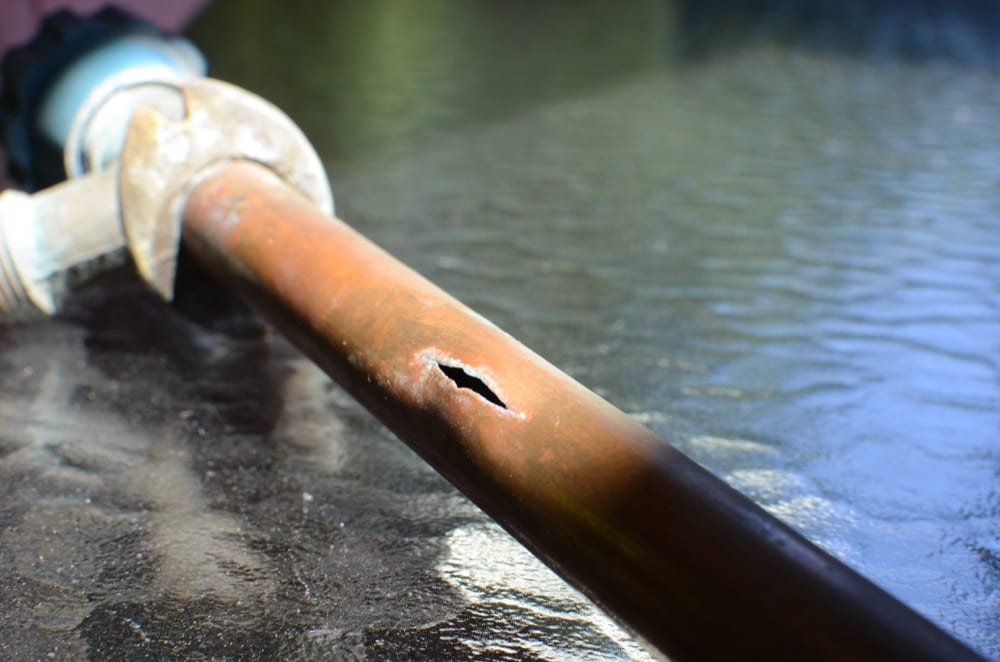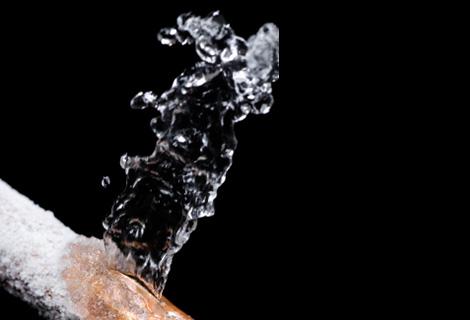Have you been interested in additional info about Water Damage Restoration Do’s And Don’t?

What should you do if a pipes bursts in your house, producing a mini-waterfall and also swamping a location of your residence? In this situation, you should act quickly. The longer you wait, the more serious the water damages in your residential or commercial property. When an emergency similar to this takes place, presence of mind is crucial. For these factors, you need to learn what to in case of a ruptured pipes. Check out the complying with ideas listed below to help you act quick since time is essential.
Turn off the Key Waterline Shutoff
The first thing you need to do is close the shut-off valve. Look for the regional shut-off valve to turn-off water in one particular location just. You have to turn-off the major waterline shutoff if you do not recognize where the local shut-off shutoff to the component is. This will certainly remove the water in your entire residence. Generally, the major shutoff is located outside the residence alongside the water meter. You can additionally locate it in the cellar at an eye-level or it might be in the First floor on the ground if it's not there. Usually, home builders however the shut-off shutoff in the main ground level restroom or right next to it.
Call Water Damages Reconstruction Pros for Assistance
After shutting the water resource, call the pros for help. With their specialist help, you can minimize exacerbation since water can seep with your points resulting in distorted walls, loose floor tiles, or damage framework.
Document the Damage For Insurance policy
As you are waiting on the pros to get here, document the damages caused by the errant pipeline. Take pictures as well as video clips of whatever. Do closeup shots of prized possessions. These things will act as evidence for your house owner's insurance. Remaining proactive with this enables you to sue for coverage, which will certainly aid you and your household come back on your feet.
Salvage Things That Can Be Conserved
As soon as you're done taking pictures, browse the things and secure one of the most important ones from the pile. Dry them off and also try to preserve as long as you can. Drag them far from dampness so they can begin to dry out.
Begin the Drying Refine
While waiting for the pros, you can begin the drying process. The good news is, water from your waterlines are tidy so you don't have to fret about sewage system water. The streaming water might have interrupted the dirt and also particles in your carpetings and floorboards. So be prepared with gloves as you make use of pails to dump out the water. Blot out as a lot as you can with old towels. You can additionally switch on an electrical follower or open home windows to advertise air circulation. This will hasten drying and hinder mold and mildew and also mildew growth.
Experts are the only ones qualified to fix the burs pipelines and also succeeding damage. And bear in mind, pipelines do not just all of a sudden burst. You will generally see red flags like gurgling paint, odd noises in the plumbing, mildewy odor, caving ceiling, peeling wallpaper, or water stains. Pay attention to these points, so you can nip any type of issues in the bud.
What should you do if a water pipeline bursts in your house, developing a mini-waterfall as well as flooding a location of your house? For these reasons, you require to learn what to in instance of a ruptured water pipe. After closing the water source, call the pros for aid. With their professional help, you can minimize worsening because water can permeate through your points resulting in distorted baseboards, loosened tiles, or damages structure. The good news is, water from your waterlines are tidy so you don't have to fret about sewage system water.
BROKEN WATER PIPES: COST TO REPLACE & WAYS TO FIX A PIPE
CAUSES OF A BROKEN WATER PIPE
A water pipe can break for several reasons depending on the environment you live in, type of pipe, and circumstances.
The most common cause of broken pipes is freezing. If you live in a colder climate, this could happen. When water freezes it increases in volume by 9% and the pressure in the pipes can go from 40 psi to 40,000 psi. Clearly, this could be detrimental to the pipes. Water freezing causes quick expansion, which puts stress on the pipes and could lead them to crack or weaken. When water thaws, it will leak out the cracks. Other changes in water pressure can also cause breakage. Another common cause of broken water pipes is age.
Depending on the material, water pipes can last anywhere from 70-100 years. But the older they get, the more susceptible they are to weakening and corroding. Older pipes coming into contact with another material could speed up the corrosion process as well. PVC pipes can become brittle with age, while copper is prone to corrosion and stress over time. Something that could also potentially break water pipes is when they move. They may move from construction or the house settling. Moving can stress the fixed pipe which may lead to a leak or burst pipe.
HOW MUCH WATER COULD LEAK INTO YOUR HOUSE FROM A BROKEN PIPE?
The amount of water that leaks depend on how big the break in a pipe is. If it is just a minor crack, water will slowly leak out. This isn’t as serious as a full broken pipe, but it can still cause significant damage to your home. Burst pipes can leak up to 10 gallons of water per minute. The amount of water leaked also depends on what appliance is involved. The water line to your refrigerator can leak ½ to 1 gallon per minute depending on water pressure. One toilet supply line may leak 2-3 gallons a minute and a washing machine hose will leak up to 10-12 gallons per minute.
TURN THE WATER OFF
Doing this first is imperative; everything else can wait. You need to deactivate the water supply to stop the flow of water and prevent more water from leaking into your home. Shutting off the water could potentially save you thousands in water damage repairs. Locating the water shutoff valve depends on the climate you live in. For colder climates, the valves are usually inside, such as in the basement. For houses in milder weather, the shutoff valves will probably be outside—either attached to an exterior wall or in an underground box with a removable lid.
OPEN A FAUCET
The next thing to do is to open a faucet or turn on a sink. This will relieve any remaining water pressure in the pipes and ensure a full-shut down.
GET RID OF THE WATER
The quicker you get rid of the water, the less water damage and mold there could be. Use a mop and a shop vacuum to help get clean up the water. Use towels to dry everything the best you can.
CUT AND REMOVE THE DAMAGED PIPE
Once you have shut off the water and drained the damaged water pipe, you can begin to fix the issue. Cut out the damaged section of the pipe with a pipe cutter, ensuring that you also cut one inch extra on each side of the damage. Once you get rid of the broken part of the pipe, you may begin repairs.
https://www.wmhendersoninc.com/blog/broken-water-pipes-cost-to-replace-ways-to-fix-a-pipe/

I ran across that piece about What To Do And What Not To Do When Dealing With Water Damage when doing a lookup on the internet. Sharing is good. Helping people is fun. Many thanks for your time. Don't forget to pay a visit to our blog back soon.